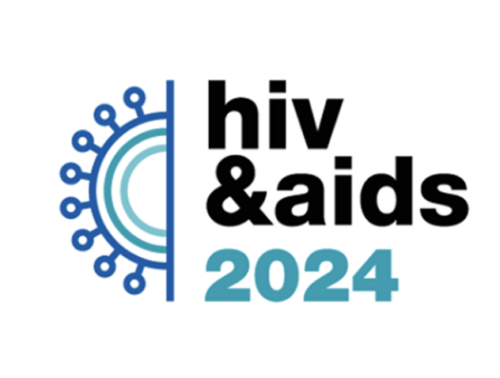Australia: Migration policies for People with HIV perpetuate criminalisation and expose them to harm

Health+Law’s research lead David Carter, delivered a keynote address at the recent ASHM HIV Conference in Sydney, exploring the controversial past and present of HIV criminalisation in Australia. His urgent, provocative address challenged us to consider how current legal and policy processes in migration law recreate conditions of criminalisation, producing serious health and other harms for people living with HIV.
Talking to Health+Law researchers in an interview about legal issues, Sergio*, a man in his thirties originally from South America and living with HIV, described the experience of migration to Australia:
I didn’t have to face any court, but I [did] have to prove that I wasn’t a bad person just because I have HIV […] I [had] to prove myself to someone else, who probably is not living with HIV, that I was not a bad person, and I was a good citizen and I deserve to be here.
The migration process is a complex one – and this complexity is amplified for people living with HIV. Sergio’s reflections express a particularly grim aspect of this process for migrants, especially those living with HIV.
Indeed, as Scientia Associate Professor David Carter, Health+Law's research lead, argued in an invited keynote at the 2024 Australasian HIV&AIDS Conference hosted by ASHM Health in September this year, the experience of people living with HIV seeking to migrate to Australia is part of Australia’s long history of the criminalisation of HIV. Speaking to delegates from Australia, New Zealand, Asia and the Pacific at Sydney’s International Convention Centre on Gadigal Country, David reminded the audience that criminalisation is a policy approach, that doesn’t just use the criminal law. To show this he set out five stages of criminalisation that are also evident in the migration process for those living with HIV.
First, as he explained, criminalisation characterises specific behaviour as harmful or carrying a risk of harm to the community. In this case the harm presented is, to quote Australian migration law, that a person’s HIV care represents a ‘significant cost to the Australian community or prejudice [to] the access of Australian citizens or permanent residents to health care or community services’.
Second, criminalisation creates a suspect population, made up of people thought to warrant suspicion because they come to be associated with the potential harm.
Third and fourth, this suspect population attracts surveillance from the state, with a hierarchy created within the suspect population whereby some members are subject to further and intensified surveillance.
Fifth, and finally, some members of this suspect population are subjected ‘to the most severe forms of the state’s coercive and punitive authority’, including investigation, more intensive supervision, detention or arrest, and in some cases, criminal or civil proceedings.
The criminalisation of HIV has a long and storied history, going back to the very early days of the AIDS crisis. Vocal members of HIV-affected communities, legal and human rights advocates and many others have argued strongly against criminalisation, viewing it as draconian and as an approach to public (health) policy with very negative consequences for HIV epidemics.
In Australia, arguments against HIV-specific criminal offences have been broadly successful, and yet the ‘temptation’ to criminalise – as the very first Australian National HIV Strategy described it – continues to emerge in some policy responses to HIV and other communicable diseases.
In 1987, when the authors of the first national HIV strategy were writing, they were warning against measures including compulsory universal HIV testing, the closure of gay venues, criminal penalties for HIV transmission, and limitations on the movement of HIV positive people, including forced quarantine. Today, HIV criminalisation is operating in Australian migration policy and law.
‘This contemporary criminalisation of HIV begins’, David argued, ‘like all criminalisation, with the characterisation of behaviour in terms of harm and risk of harm’. He continued, arguing that:
This characterisation of migrating while HIV positive as harmful establishes, and in-turn enlivens, the suspect population management and criminalising processes of our medical border […] This criminalising logic establishes an adversarial relationship between the person living with HIV and the state, and between them and members of the Australian community, whose access to health care it is alleged may be prejudiced by providing care for a person living with HIV who wishes to migrate.
Among the many negative effects of this process is that it can discourage migrants living with HIV from engaging in testing, treatment and HIV care. Interviews conducted by Health+Law as part of our national legal needs (LeNS) study confirm that this is happening. They show that many migrants living with HIV in jurisdictions across Australia experienced an alienating and hostile environment: a ‘threat environment so elevated’, as David described it in his keynote, that they frequently described withdrawing from HIV care and community life as a coping mechanism.
Unfolding the history of ‘unjust and unhelpful’ HIV criminalisation in Australia, David outlined how the current legal and policy conditions that prospective migrants living with HIV face in Australia today work to recreate conditions of criminalisation and expose both individuals and the community to multiple health harms.
You can read more about David’s keynote in The Medical Republic’s coverage of the conference.